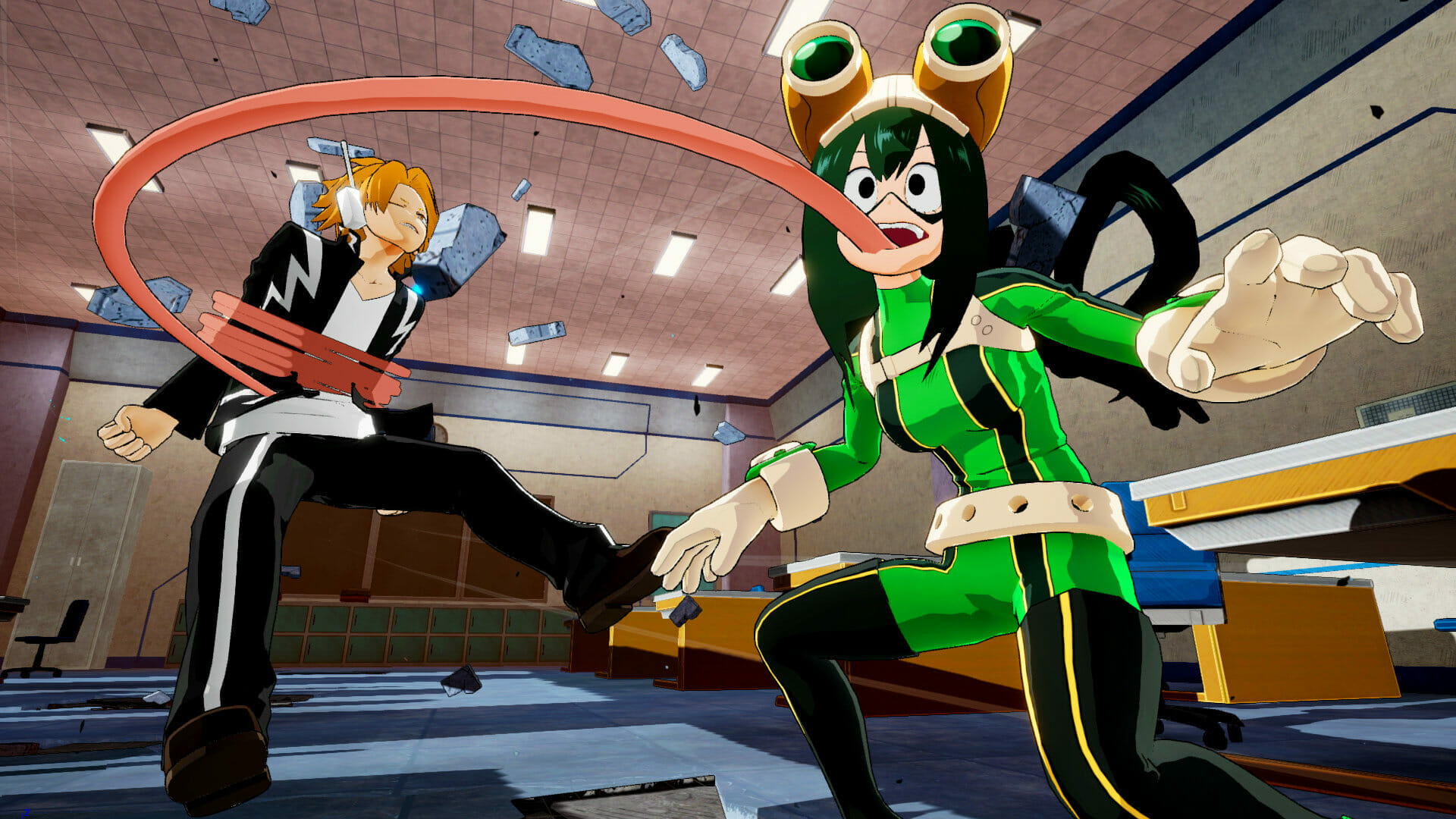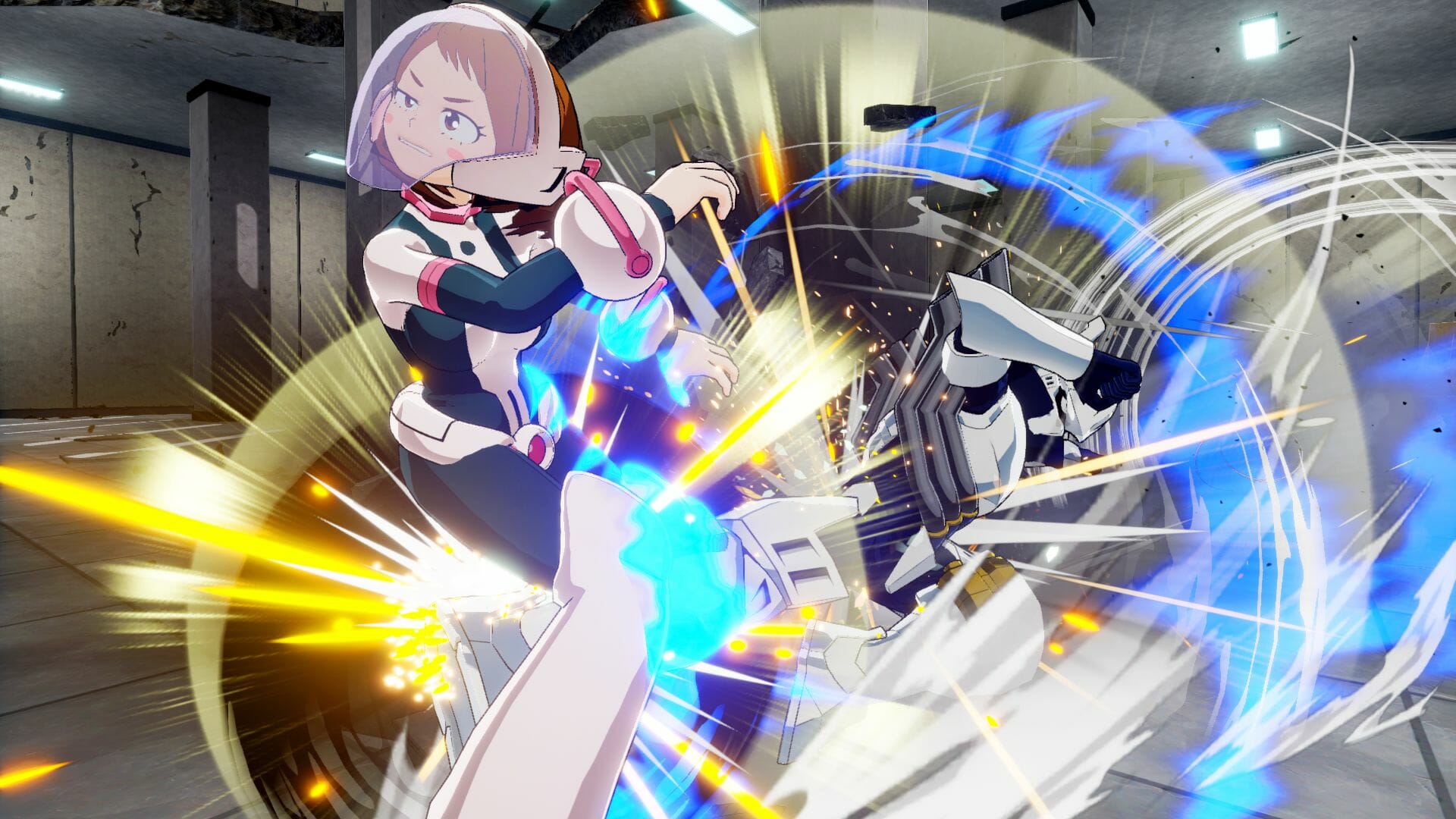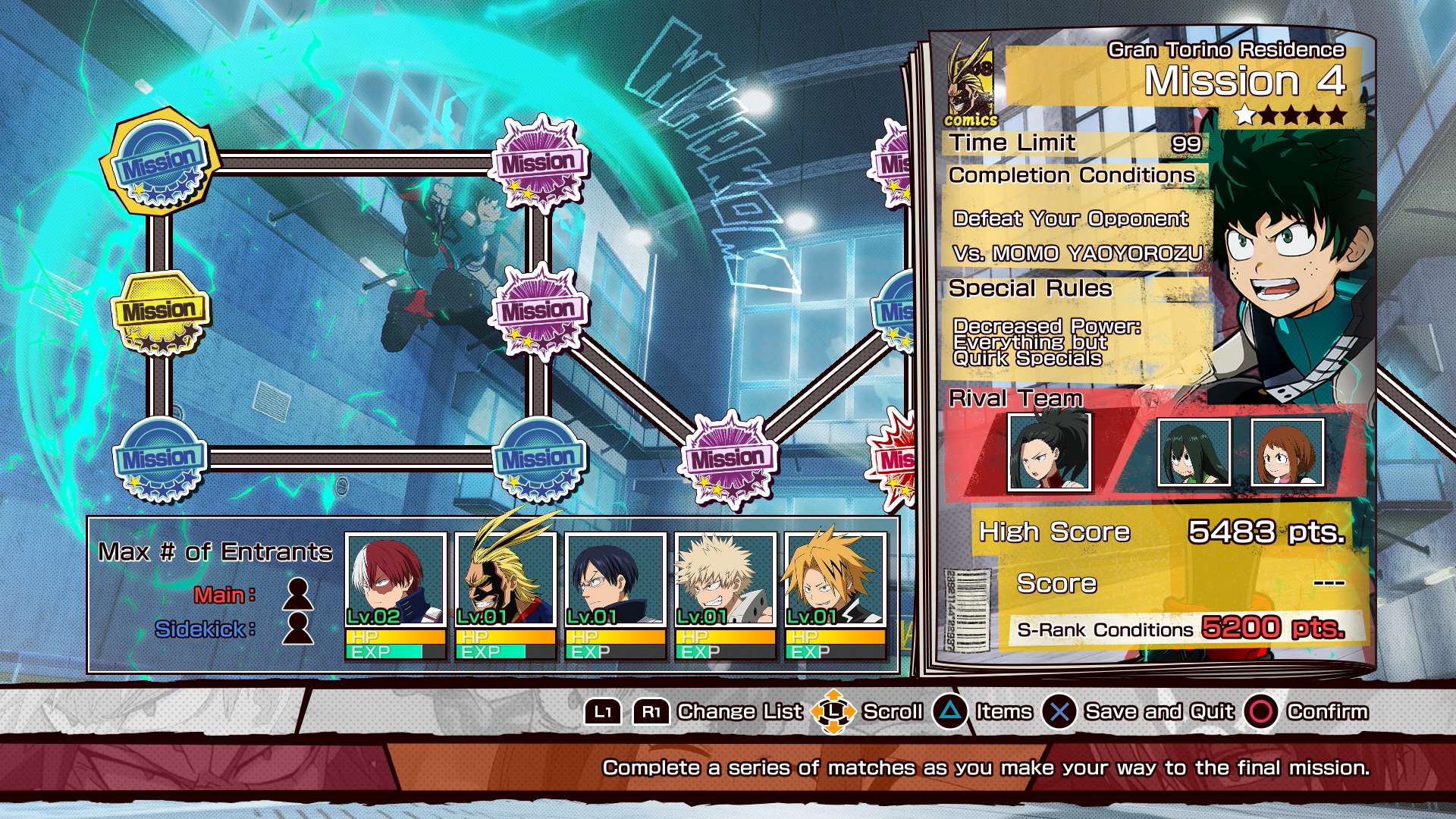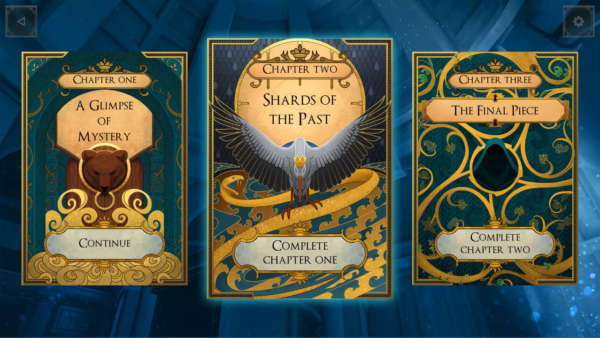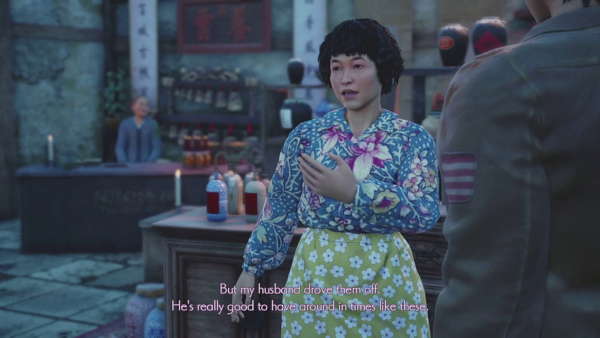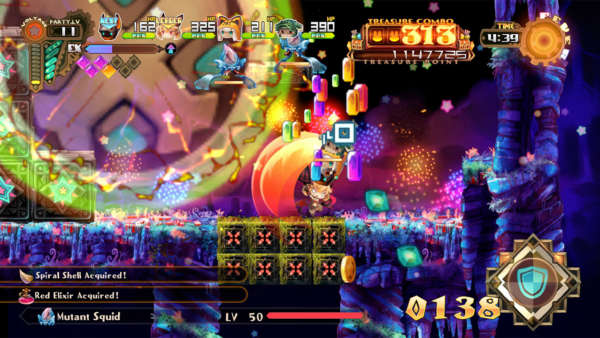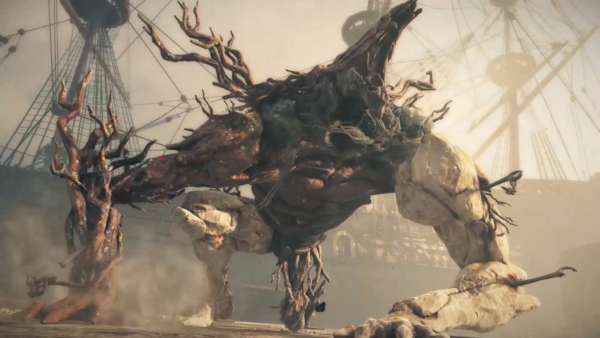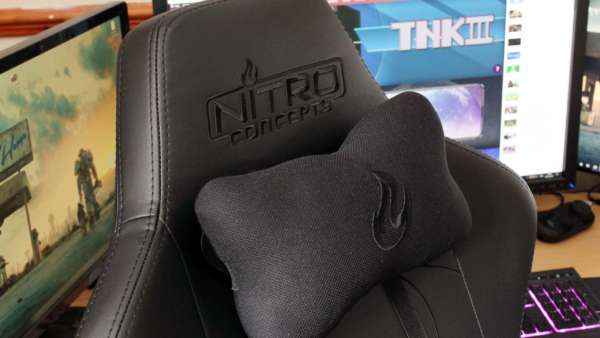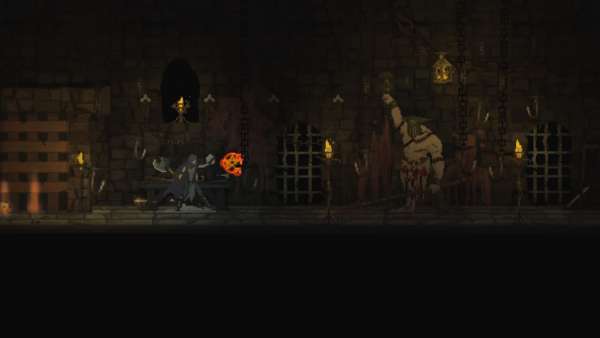My Hero Academia is probably one of my favourite shonen animes of the year and the video game adaption as a fighting game was something highly anticipated from fans of the manga and anime. My Hero One’s Justice ends up sticking up a decent fight as a fighting game but read our review to see if it’s an instant KO or a close call.
If you are not aware of the manga or anime series then My Hero One’s Justice is centred around a world that up to 80% of humans have special powers known as “Quirks”. They can range from basic things to full on superhuman abilities, with the cream of the crop going on to learn to be “heroes” which work alongside the police to protect citizens from the bad people who use their Quirks to be villains. It takes the storyline as the same in the anime, following Midoriya, a once quirkless individual with no powers through his journey to be a hero after being granted powers from the No.1 hero All Might.
My Hero One’s Justice is a 3D battle-arena fighting game which has some nice visuals and matches the anime style quite nicely. Usually, the battle consists of one v one matches in environments that tire into the story mode scenario but are fairly confined to make sure you fight rather than run away. With the destructible environments to it adds a little more to fighting as with Quirks in My Hero Academia being quite overpowered, it makes sense a lot of damage is going to take place.
